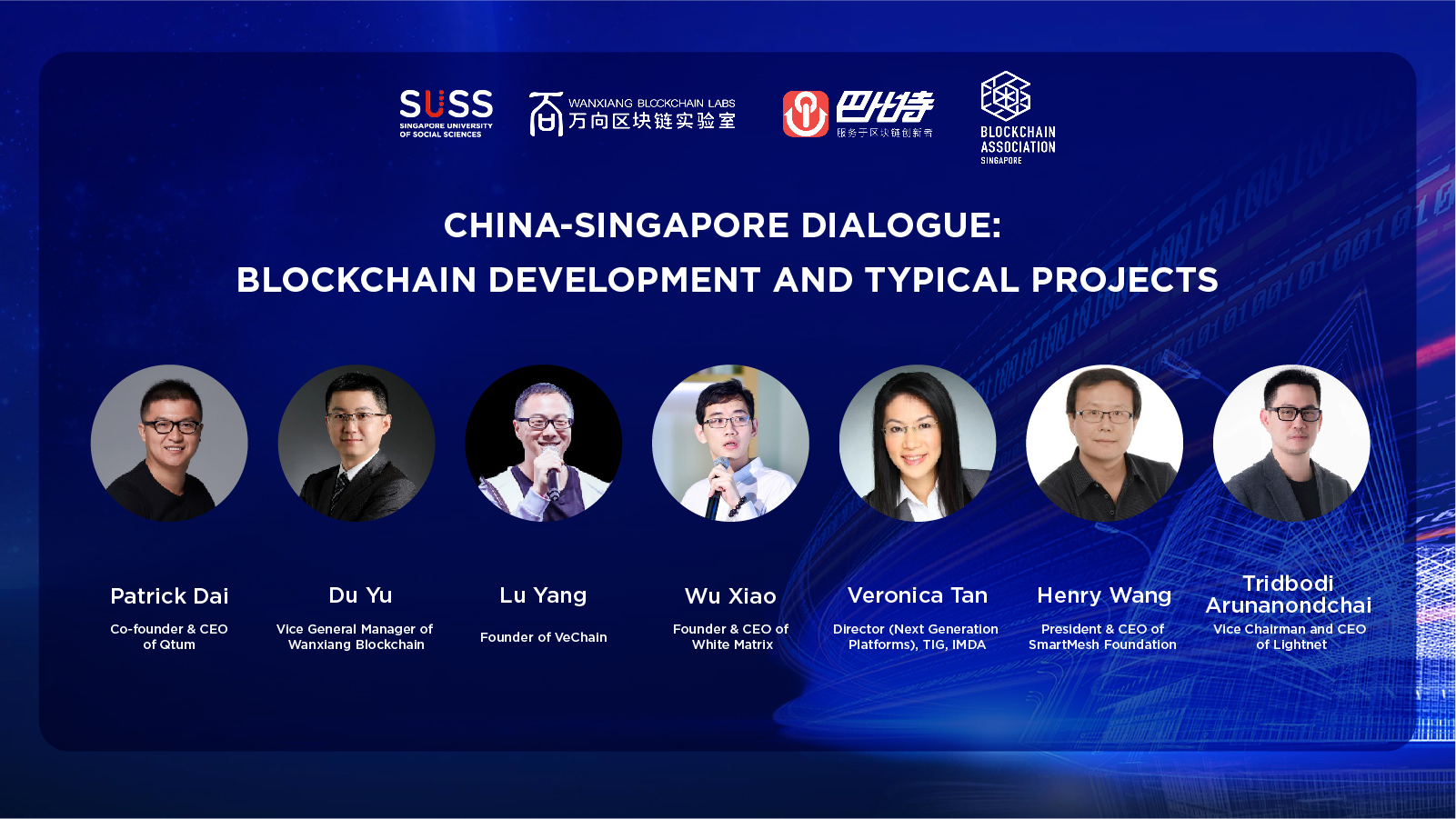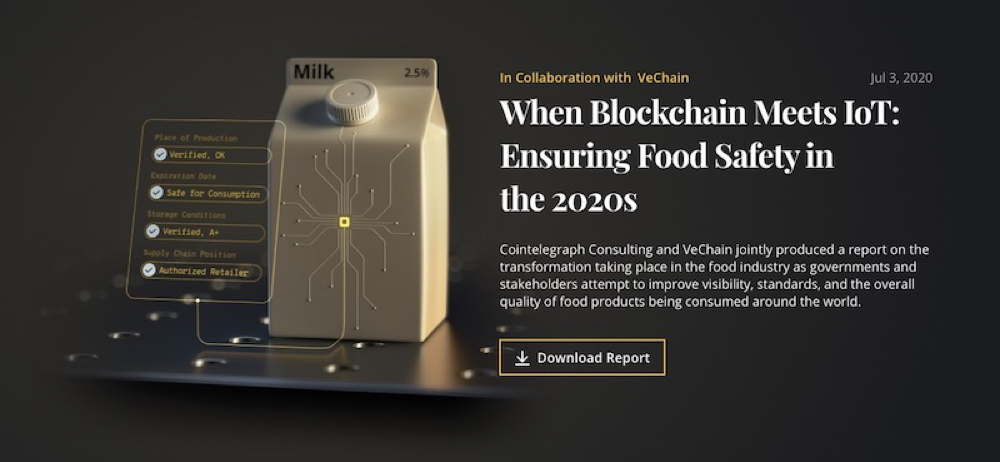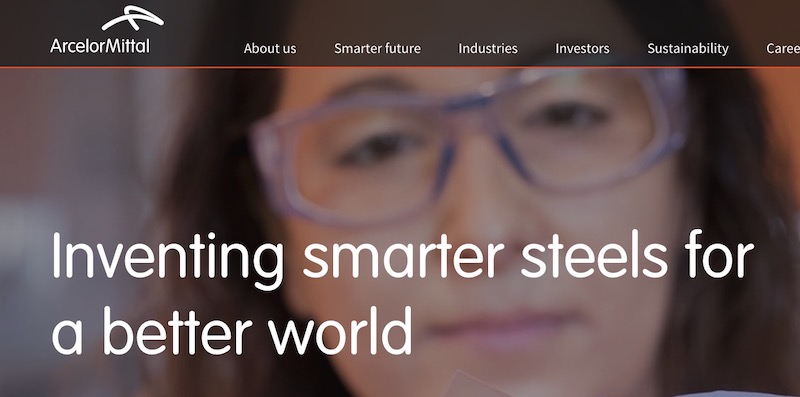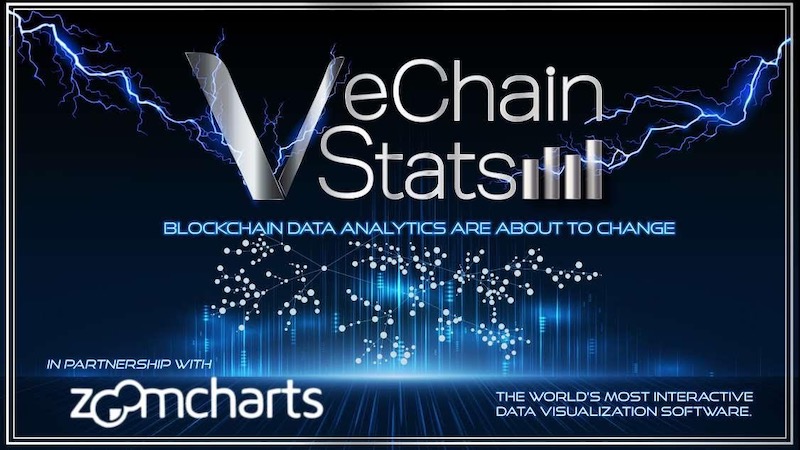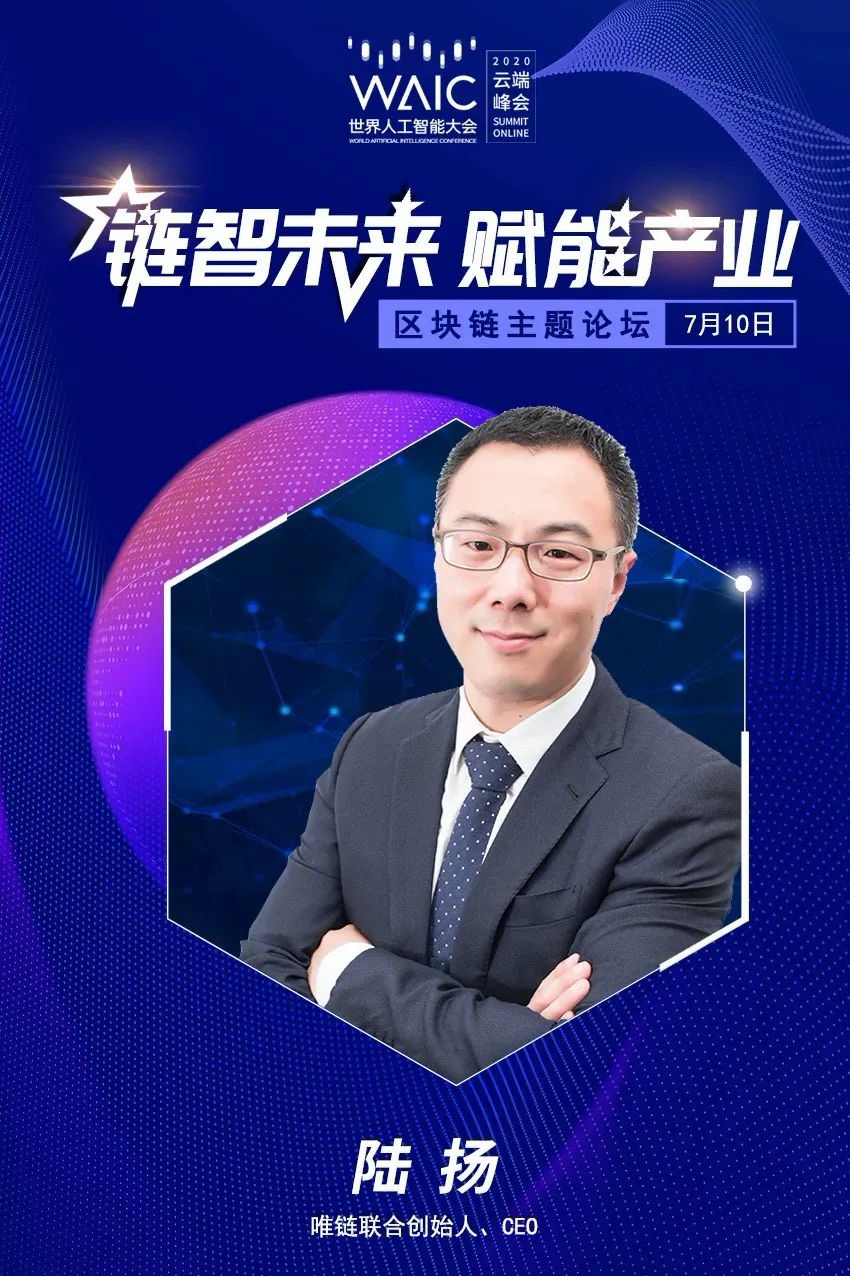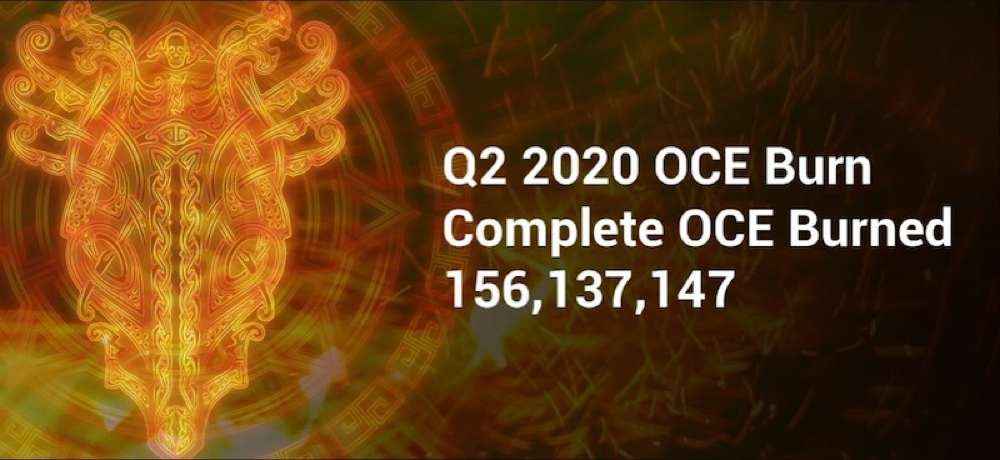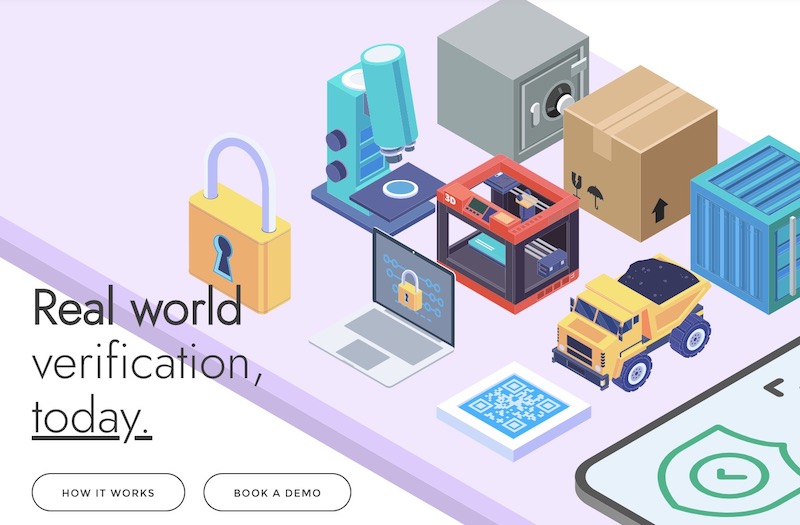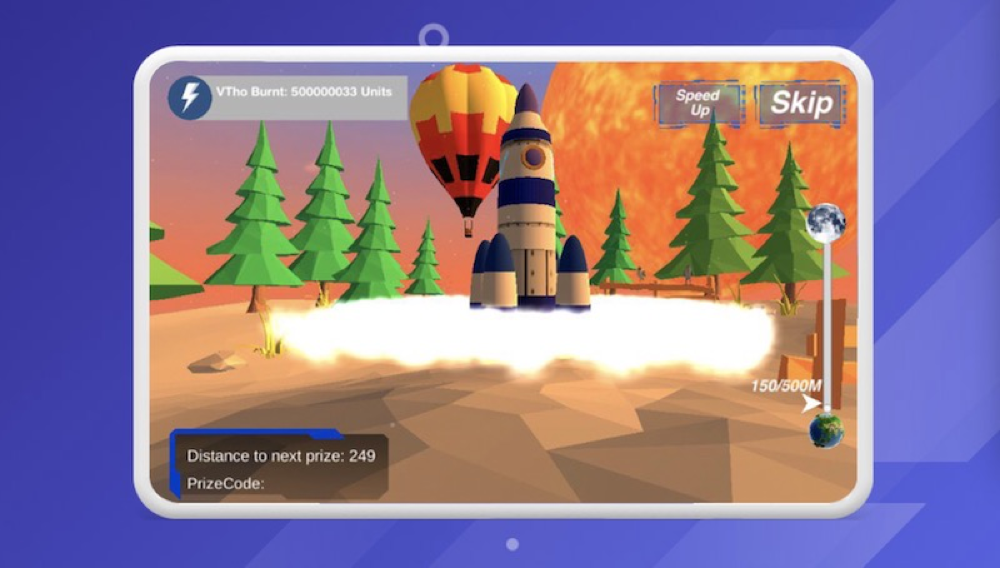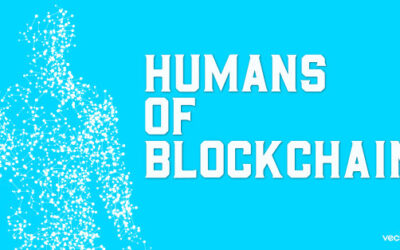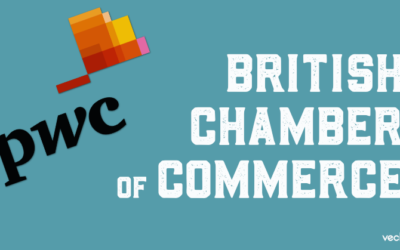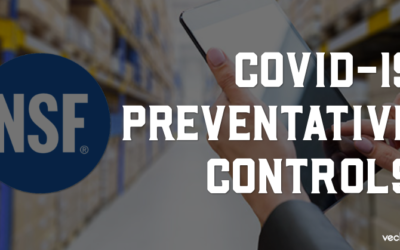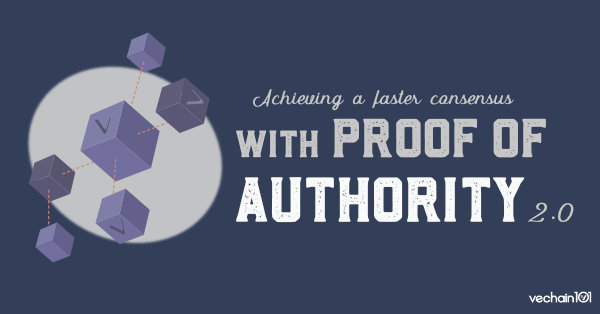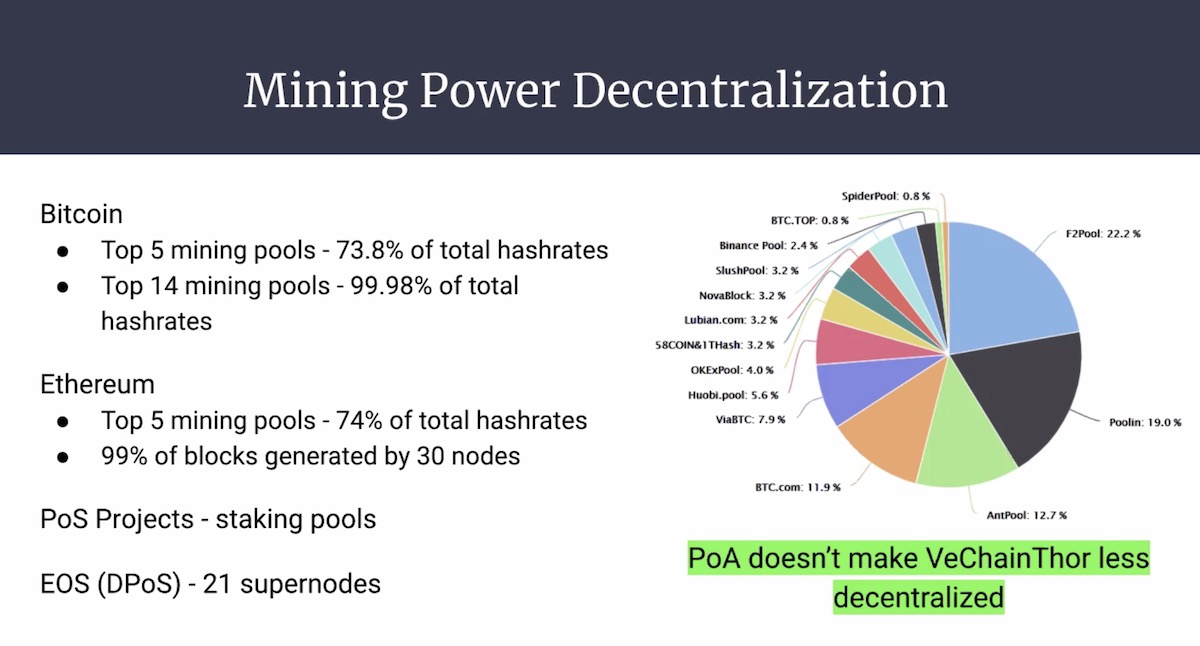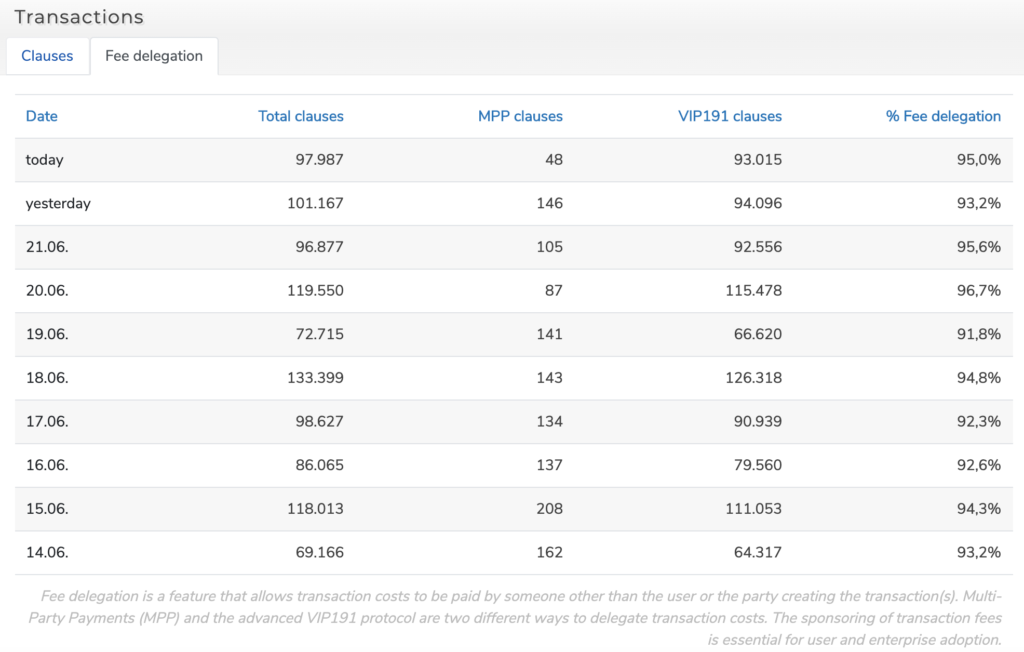
VeChain Weekly Update (July 3rd)
After last week got shortened by the Dragon Boat Festival, the VeChain team was back at it again. The first week in Q3 saw VeChain celebrate the two year anniversary of launching the mainnet and gave us a chance to reflect on how far the project has come. It coincided with the release of the latest executive report and we also saw some community projects announce major breakthroughs and progress.
VeChain Financial Executive Report #11 Published, Buyback re-started
The quarterly financial report was published, and with it contained some interesting news. Added to the usual token supply overview was the Ecosystem Reserves, which signifies the restart of the token buyback plan. The buyback was originally announced last year, and shows the VeChain Foundation has faith in the longterm value of the VET token. The Ecosystem Reserve already holds 445 million tokens, or about $4.5 million USD at current prices.
**The ecosystem reserve was acquired by the VeChain Foundation on the open markets. This reserve will be used to facilitate the long term growth of the VeChain ecosystem. VeChain Foundation is evaluating institution level custody service, and the reserve will be deposited into the custody and disclosed when the custody service is available.
The full report can be read here.
VeChain’s official video contest deadline passes
After nearly a month of submissions, the window finally shut to submit new videos. There were over 80 different videos received, including dozens of well-made, professional explainers and introductions to the technology. The team must now pick between all of them and will announce 10 finalists on July 5th.
CEO Sunny Lu set to join the China-Singapore Dialogue
The event is hosted by Wanxiang Blockchain Labs and the Singapore Blockchain Association. The event will take place on June 4th at 9:30 am (UTC +8) and will be streamed live on Singapore University of Social Science’s YouTube Channel.
Cointelegraph Consulting & VeChain publish a joint food safety report
This report, entitled When Blockchain Meets IoT: Ensuring Food Safety in the 2020s, discusses how better food traceability has a lot to offer an industry plagued by a low rate of digitalization. According to the report, the benefits of IoT and blockchain are spread across three value drivers: cost reduction, revenue enhancement, and risk mitigation. Cointelegraph Consulting estimates that these savings can add up to $155 billion per year globally.
The report identifies five areas which will undergo tumultuous changes in the next ten years, including supply chain, global trade, food processing, stakeholder mindset, and food production. Blockchain and IoT are the keys to increasing transparency, trust and collaboration within the industry, empowering producers and retailers to deliver safer products for consumption around the world.
Check out the report here.
Sunny Lu interviewed by Digital Asset Investor (YouTube)
This week well-known cryptocurrency influencer known as Digital Asset Investor spent an hour chatting with Sunny Lu about the development of the platform. The pair touched on a few key topics including:
- Why VeChain doesn’t use the Proof of Work consensus algorithm
- The importance of the combining business mindsets and technical mindsets. Enterprises care about solutions, rather than just technology.
- The misunderstandings about China “banning” blockchain and how VeChain is working on upscaling the business development in North America.
- The busy travel life of Sunny and the importance of spending time with his family.
- The implementation of the My Care solution in the biggest hotel from Intercontinental Group in Shanghai which is a dedicated hotel for the China International Import Expo (CIIE).
At the time of writing, the video had nearly 17k views.
DNV GL announces ArcelorMittal verified with MyCare
This massive steel conglomerate is now using MyCare to verify a UK office is compliant with infection risk management standards. DNV GL uses the blockchain to create a transparent record of their testing processes. ArcelorMittal is a global company with 191,248 employees in 18 different countries. They are one of the biggest steel companies in the world and supplies industries such as construction, automotive, energy, and transportation.
VeChainStats.com plans new site upgrades
Trusted community website vechainstats.com is planning to re-launch with a complete new website in fall 2020. According to their Twitter post, they plan to partner with Zoomcharts to give even more visualizations and interactive analytics to the community.
Sunny Lu scheduled to speak at the World Artificial Intelligence Conference (WAIC) on July 10th
We reported this previously, but this is a reminder that the event will happen next weekend. The event is hosted by a group of government agencies including the Shanghai Municipal Commission of Economics and Information Technology alongside strategic partners like Microsoft, AWS, China Mobile, and ICBC.
Third-Party Progress & Community Progress
OceanEx performs Q2 token burn
156,137,147 OCE were removed from the total market supply for this quarter. Each quarter, OCE tokens used to pay transaction and withdrawal fees are collected and burned. In total, over a billion have been burned since the beginning of this program four quarters ago. That’s over $2 million USD at today’s prices. Link
8 Hours announces upcoming VIMworld launch
The VIMworld gaming ecosystem is set to kick off soon, and early participants are eligible for rewards, tokens, and playable VIM characters. Read more about this here.
Jur completes upgrade and Connex integration
Legaltech solution Jur launched a new blog, and took the opportunity to announce they had upgraded their Jur Beta Platform to support Connex integration. The benefit is that the platform now runs smoothly in VeChain Sync. If you haven’t tried it, jump in and make your first legal contract today on the blockchain.
Safe Haven deploy Digital Inheritance smart contracts
Long-time VeChain project Safe Haven appears close to deploying a solution that would let users split their private key among appointed beneficiaries should they pass away. Their solution, called Inheriti, should make it easier for people to justify holding large sums of cryptocurrency without risking their family’s financial future.
@Inheriti_com smart contracts deployed on the @vechainofficial mainnet. The first 100% #decentralized digital #inheritance platform close to release. Bring #DeFi to the next level.
Join the revolution: https://t.co/0SVWzhQHdQ $SHA $VET $DGB $ONE #BTC pic.twitter.com/MiqdqJ8YKK
— Safe Haven (SHA) (@SafeHavenio) June 26, 2020
Real Items holding webinar
On July 8th, Real Items will be sharing how they verify PPE products during this COVID-19 pandemic. The webinar will be held with Penrose Partners
Sign up for this free event here.
The VThorium rocket is here
A simple dApp that burns VTHO on the way to the moon is now collecting prizes from the community. Anyone can add a prize, which so far includes things like Veriarti tokens, NFTs, and other digital assets. Find out more or just try it out at vthorium.com
Reminder: DApps on the VeChain platform are eligible for subsidies
COO Kevin Feng tweeted this week about the VTHO subsidy program.
If you run a dapp on the VeChainThor blockchain, don’t forget to apply for our ongoing VTHO subsidy program. It helps you reduce the operational cost, acquire more users and more tx. vechain.org/bounty-program/
Follow our new Twitter account for the latest in news, opinions, metrics, and other wholesome information on the world of VeChain. Special thanks to @VeChainStats and @Martijncvv for help in compiling this summary.


